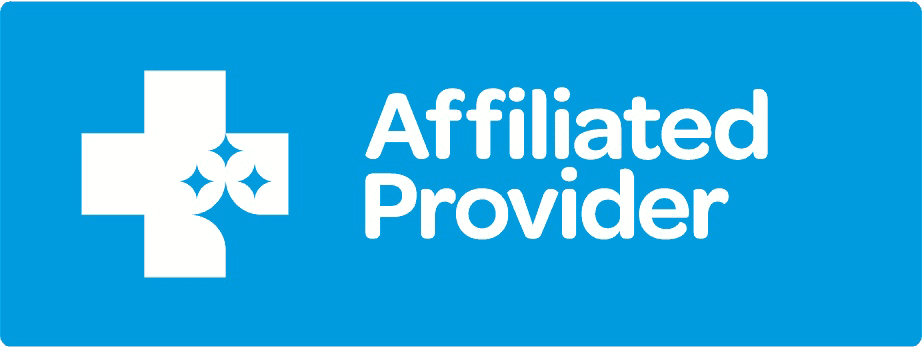What is Fibromyalgia?
Fibromyalgia is a long-term condition that causes widespread pain, fatigue, and sensitivity to touch. It is recognised as a complex disorder of the nervous system, where the brain and spinal cord process pain signals differently. This can lead to amplified pain and heightened sensitivity, even in response to mild pressure or stimulation.
Globally, fibromyalgia is estimated to affect between 2–4% of the population, with women being more commonly diagnosed than men. In New Zealand, this translates to tens of thousands of people living with fibromyalgia, although many remain undiagnosed due to the complexity of the condition.
Symptoms of fibromyalgia vary in severity and may come and go over time. Alongside chronic pain, people often experience sleep problems, brain fog (sometimes called “fibro fog”), digestive issues, headaches, and mood disturbances. These symptoms can have a significant impact on daily life, work, and overall wellbeing.
Although fibromyalgia cannot be cured, treatment can help manage symptoms and improve quality of life. With the right support, including lifestyle strategies, medications, and complementary approaches, many people are able to reduce the burden of the condition and regain control of their health.
Globally, fibromyalgia is estimated to affect between 2–4% of the population, with women being more commonly diagnosed than men. In New Zealand, this translates to tens of thousands of people living with fibromyalgia, although many remain undiagnosed due to the complexity of the condition.
Symptoms of fibromyalgia vary in severity and may come and go over time. Alongside chronic pain, people often experience sleep problems, brain fog (sometimes called “fibro fog”), digestive issues, headaches, and mood disturbances. These symptoms can have a significant impact on daily life, work, and overall wellbeing.
Although fibromyalgia cannot be cured, treatment can help manage symptoms and improve quality of life. With the right support, including lifestyle strategies, medications, and complementary approaches, many people are able to reduce the burden of the condition and regain control of their health.
